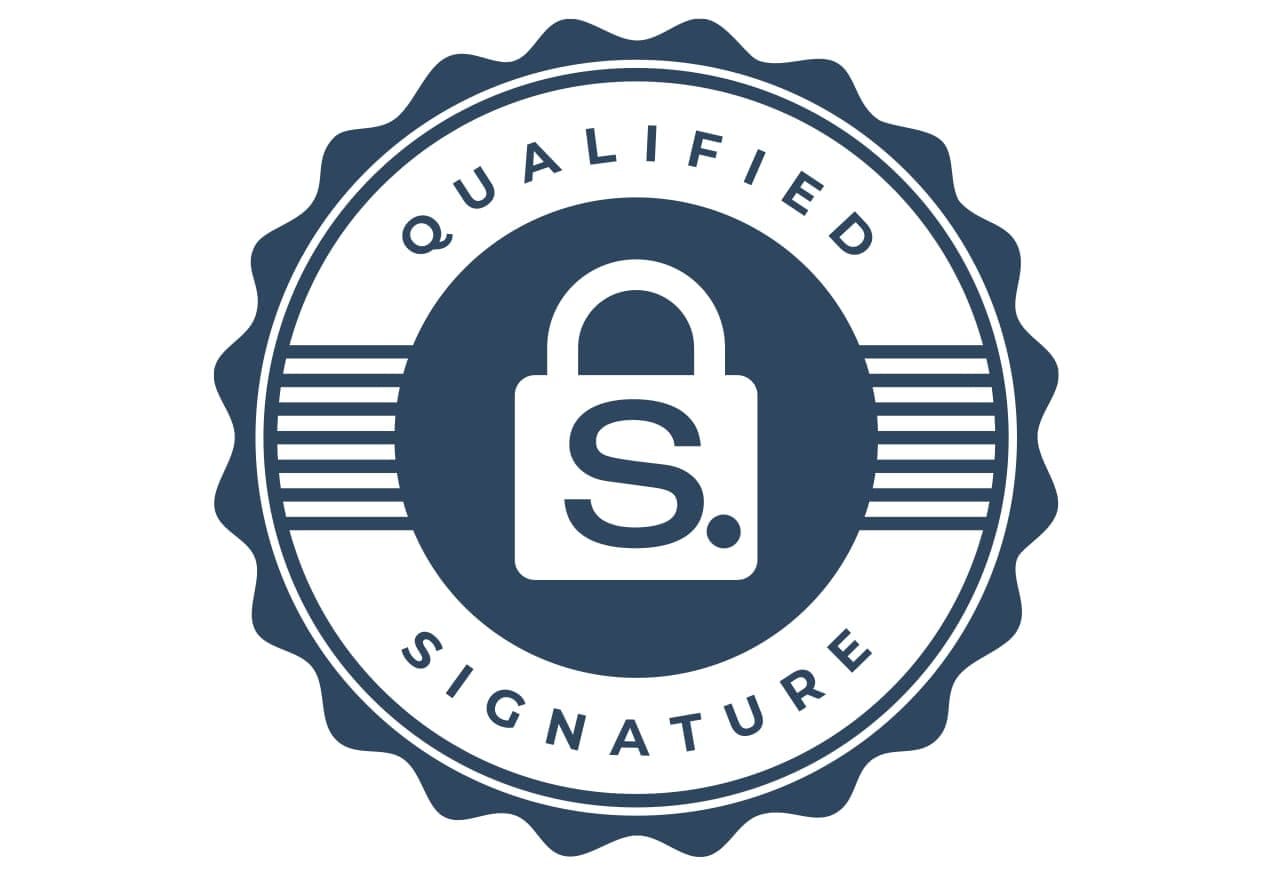
Digital identity: a primer
As more businesses implement electronic identification methods into their systems and services, it’s useful to understand some basic terms and concepts, especially in the context of the EU eIDAS regulation.
Electronic identity in the EU
The eIDAS legislation, in addition to defining a new class of “electronic trust services” (eTS), standardises the use of electronic identification (eID) in the EU. These standards apply across borders as well as within individual Member States.
Some terms
Electronic identification/eID can refer to:
- an electronic method that “can guarantee the unambiguous identification of a person”
- an individual’s electronically-stored identity data, the digital equivalent of their traditional, physical ID card
- the act of identifying or authenticating oneself in a digital environment
You may have heard references to the more specific terms “eID schemes” and “eID means“. Here’s the difference: an eID scheme, according to eIDAS, is “a system for electronic identification”. An eID means, on the other hand, is the digital equivalent of a physical ID card you would carry in your wallet. Examples include: the chip-based eID embedded in Germany’s National Identity Card (which requires a card reader) and Belgium’s Itsme mobile app, which is entirely software-based.
Levels of assurance (LoA), one of the key specifications defined under eIDAS, “characterise the degree of confidence in the electronic identification credential used in establishing the identity of a person, providing assurance that the person claiming an identity is in fact the person to which the identity was assigned.”
To learn more about these and other digital identity concepts, including notification and the eIDAS network, visit the Scrive Trust Center.
Related articles


Future-Proofing Your Business with QES
When it comes to the legal durability of your signed agreements, implementing Qualified Electronic Signatures (QES) into your signing processes now puts you ahead of the game.
Read article
Compliance in action
Discover how businesses are turning to Scrive to transform compliance into a strategic advantage while enhancing customer trust.
Read article